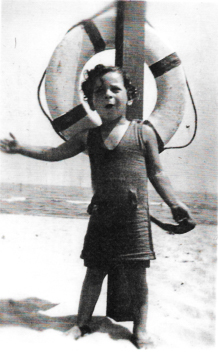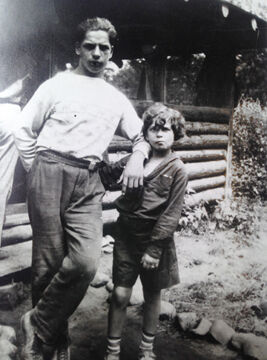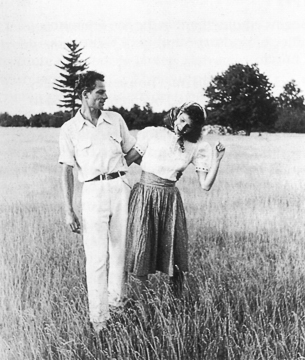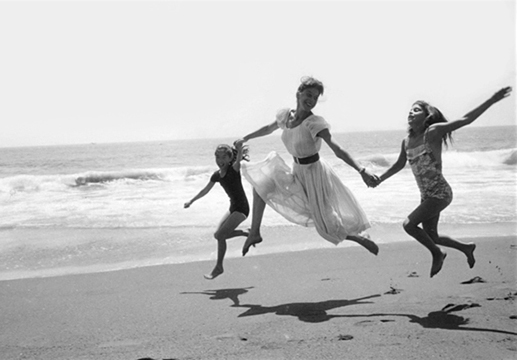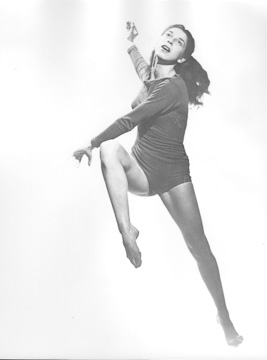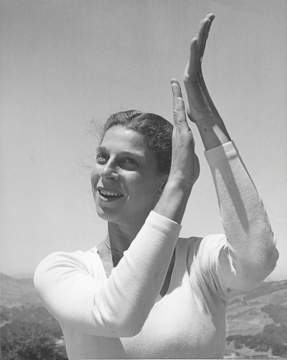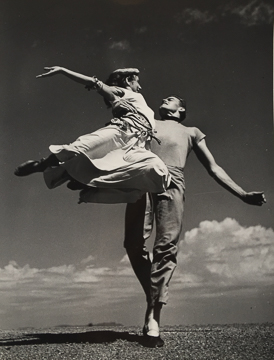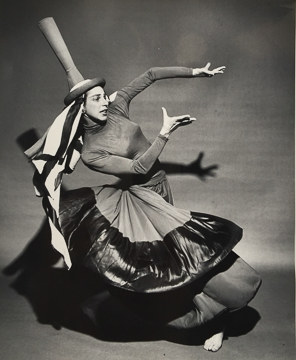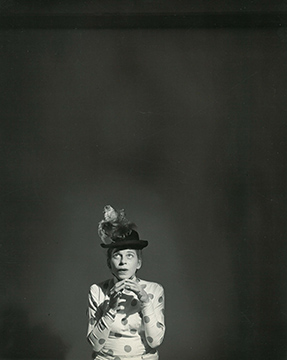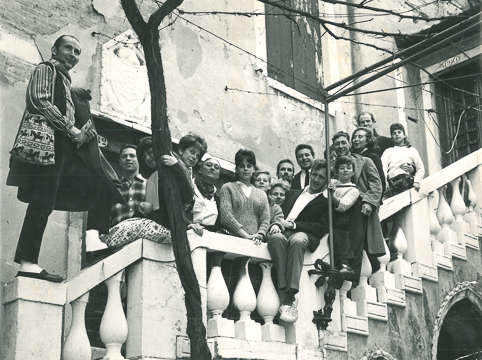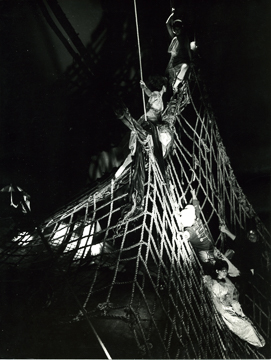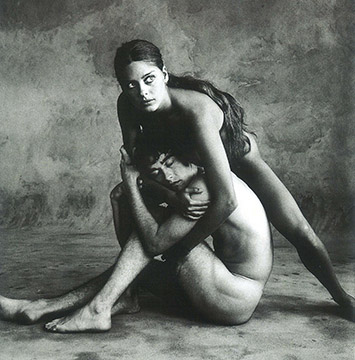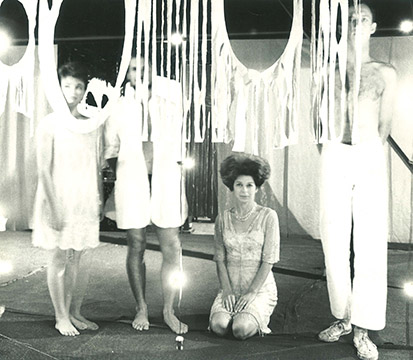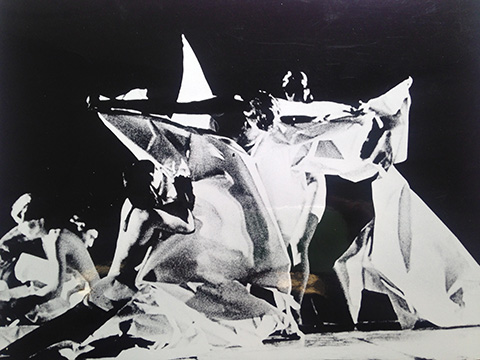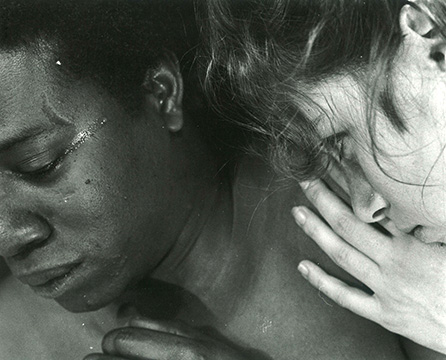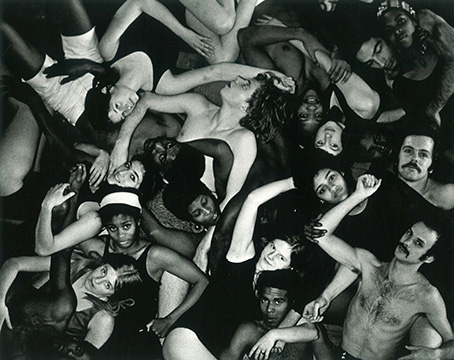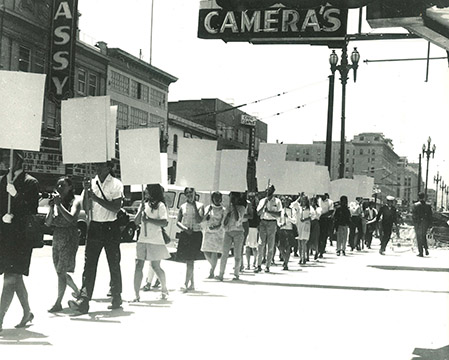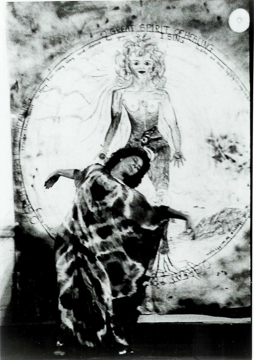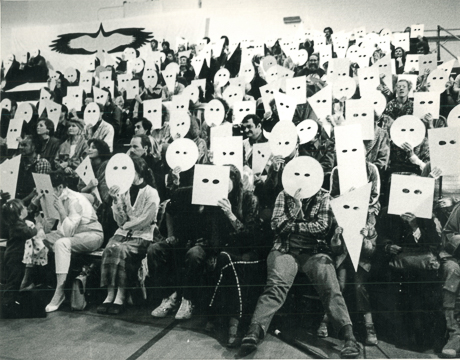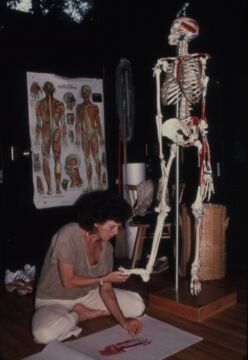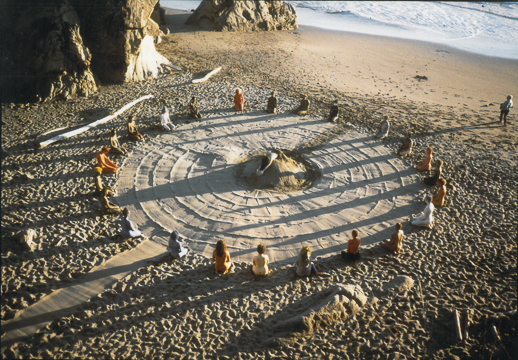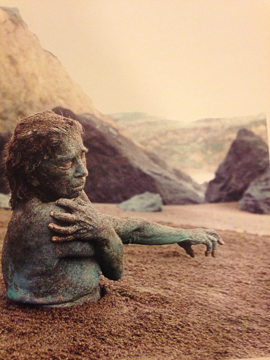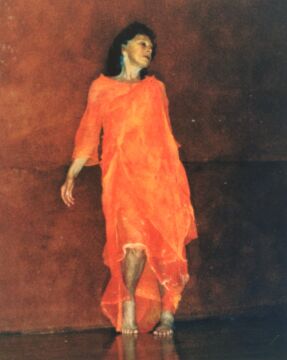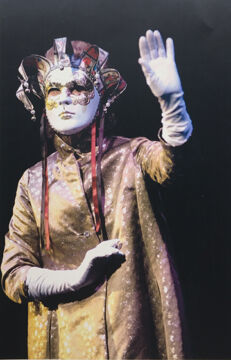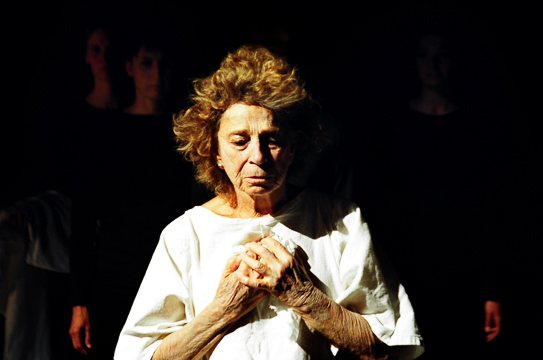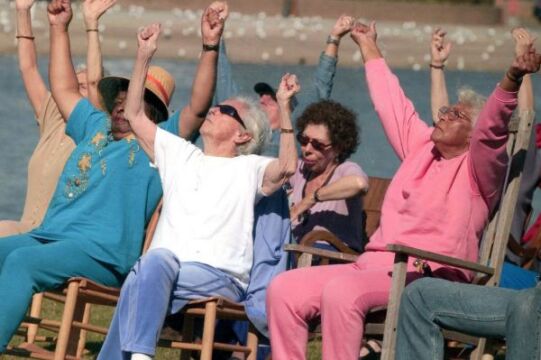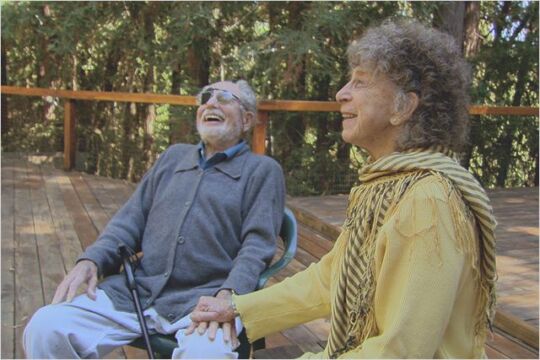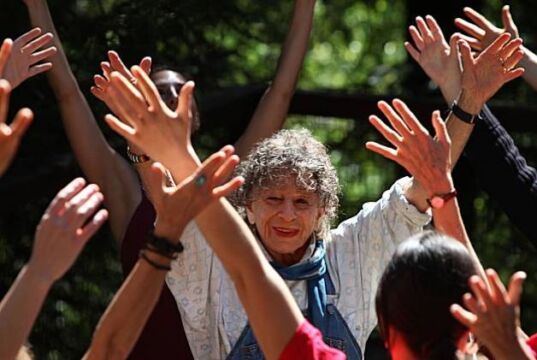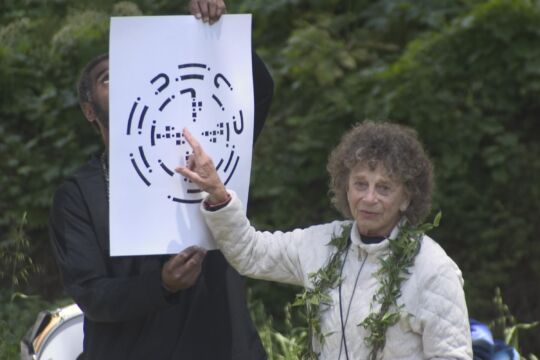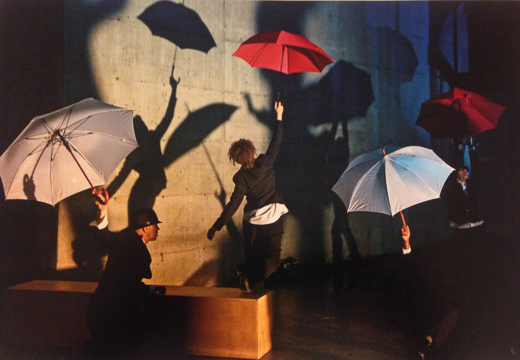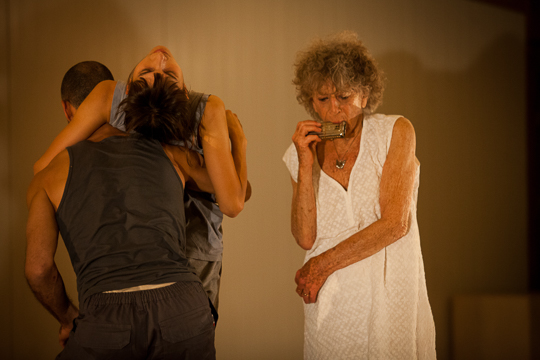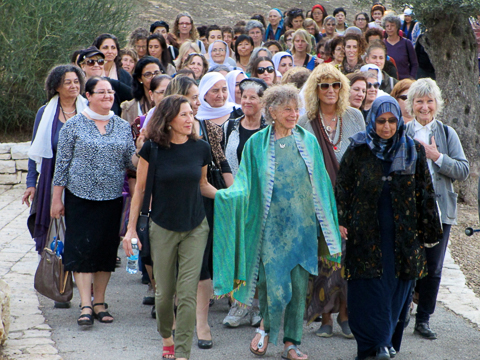ABOUT ANNA HALPRIN
Following World War II, Anna Halprin and her husband Larry Halprin relocated from the East Coast to San Francisco to start a family and begin their life’s work. They drew inspiration from Larry’s Bauhaus studies at Harvard, as well as his life-long connection to Israel and the dream of a utopian, land-based society. They also drew inspiration from Anna’s dance mentor, Margaret H’Doubler as well as Anna’s own early experience as a professional stage dancer in New York and a teacher of children’s dance.
In 1952, Larry Halprin built the dance deck and studio where Anna developed her new dance movement. Over the decades, Anna would become recognized as the seminal post-modern dancer of our times, as well as a pivotal teacher of other important post-modern dancers. She redefined dance and performance with work that included children, the urban environment, voice, dialogue, and multimedia theatre—creating an art where any body in any place could take part.
During this time, Anna started a performance company, The Dancers Workshop Company, with A.A. Leath, John Graham, her young daughters Daria and Rana Halprin, and designers Joe Landor and Patrick Hickey. The company toured nationally and internationally for the next twenty years. She also started the Marin Children’s Dance Co-Op, where countless young children and their families were imbued with her approach to dance and creativity.
In 1964 she opened the Dancers Workshop Studio in San Francisco allowing her to travel back and forth between her interests and work in nature and in the diversity of people and issues connected with urban life. By the late 1950s and into the 1960s, Anna’s workshops, studio, and dance deck had become multimedia/ cross-pollinating laboratories that drew into collaboration many of the great innovators, psychologists, poets, dancers, musicians and designers of the day. Among them were Lamont Young, Meredith Monk, Yvonne Rainer, Simone Forti, and Trisha Brown, John Cage, Terry Riley, and Morton Subotonik; the sculptor Charles Ross; visual artist Bruce Connor; the great beat-generation poet Michael McClure; Alan Kaprow of the Environmental Happenings movement; Merce Cunningham; Butoh dancer, Min Tanaka; and singer, Odetta.
The founder of Gestalt therapy, Fritz Perls, and Jungian psychologist, Joseph Henderson worked with Anna, Larry, and the original Dancers’aWorkshop Company. These early collaborations created innovative and profound intersections between dance, the environment, and psychotherapy—influencing Anna’s growing interest in featuring the emotions and the life stories of those she worked with in her approach to dance and performance.
In 1963 Larry began designing the Sea Ranch along the Northern California Coast and built a family cabin on the land there. He and Anna went even further in developing land-based environmental dance workshops, which had a profound and lasting influence on their creative thinking and work and on those who studied with them. Larry developed a unique approach that he called Collective Creativity and the RSVP Cycles which continues to form a centerpiece to the work we practice and teach today at Tamalpa Institute.
During the 1970s, students from diverse backgrounds and from all around the world began coming to Anna’s studio and the Sea Ranch to learn from and join in the experiments, the explorations, and the embodied research that Anna and Larry were evolving. Anna continued to lead environmental workshops at Sea Ranch and together with Larry developed In Search for Living Myths and Rituals.
In the late 1960s and early 1970s, Anna began working with a group of young African Americans from Studio Watts in response to the LA Riots. She developed the OutReach program and performance group devoted to social justice and multicultural themes. This work, combined with her cancer diagnosis in 1972, marked the beginning of Anna’s legacy in the healing and social engagement arenas. In the 1980s, as the AIDS epidemic swept through San Francisco and beyond, Anna developed a workshop and a performance arts group called “Women with Wings and Positive Motion” for women and men living with the virus. In 1981 facing a community crisis in her own community in response to a series of brutal murders on Mt Tamalpais, Anna developed Circle the Mountain, which over the years has evolved into a global dance for peace called The Planetary Dance.
In 1978, Anna cofounded the Tamalpa Institute with Daria Halprin to serve as the educational and workshop center for the Halprin work and its evolution, with the aim of building a bridge between dance/movement, the expressive arts, psychology, performance, and the developing field of somatics.
In 1992, Anna retired as artistic director of Tamalpa, turning the directorship over to Daria. At this time, and parallel to her teaching, Anna intensified her focus once again on developing new performance works. She named her indoor-outdoor studio and deck the Mountain Home Studio.
Throughout the past decade, Anna has taught and performed at her Mountain Home Studio and around the world, launching major new performance works and restaging classic pieces in theatres around the world. In 2014 she fulfilled a dream of returning to Israel, where she worked with Israelis and Palestinians in creating dances and performances for peace.
Anna began dancing at the age of five and continued dancing, teaching and performing until her 97th year. In 2015, Anna presented her final performance in celebration of her 95th birthday, where people from all around the world joined in the joyful celebration.
Tamalpa celebrates her remarkable life and is honored to include her legacy in its mission and work.

